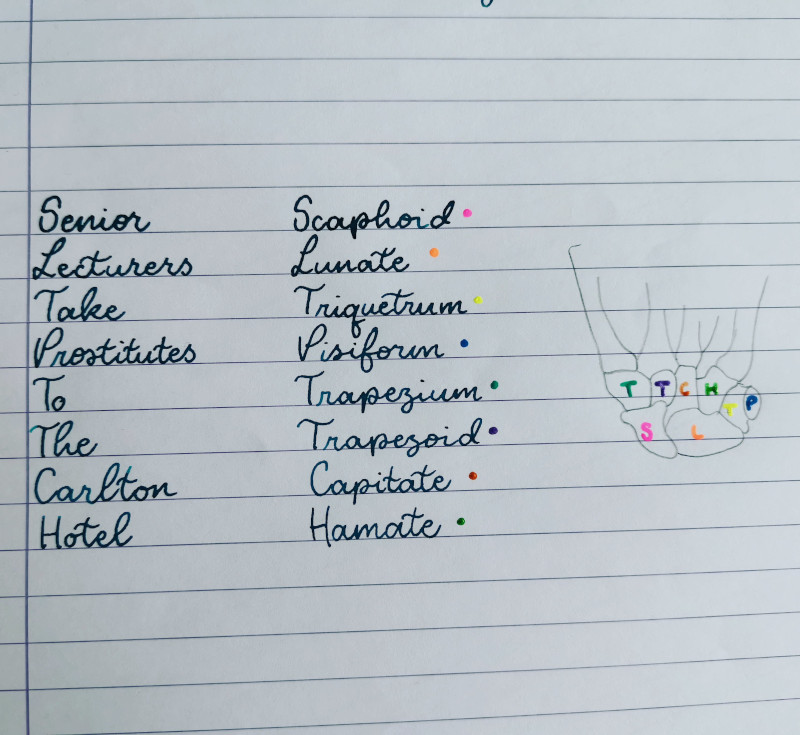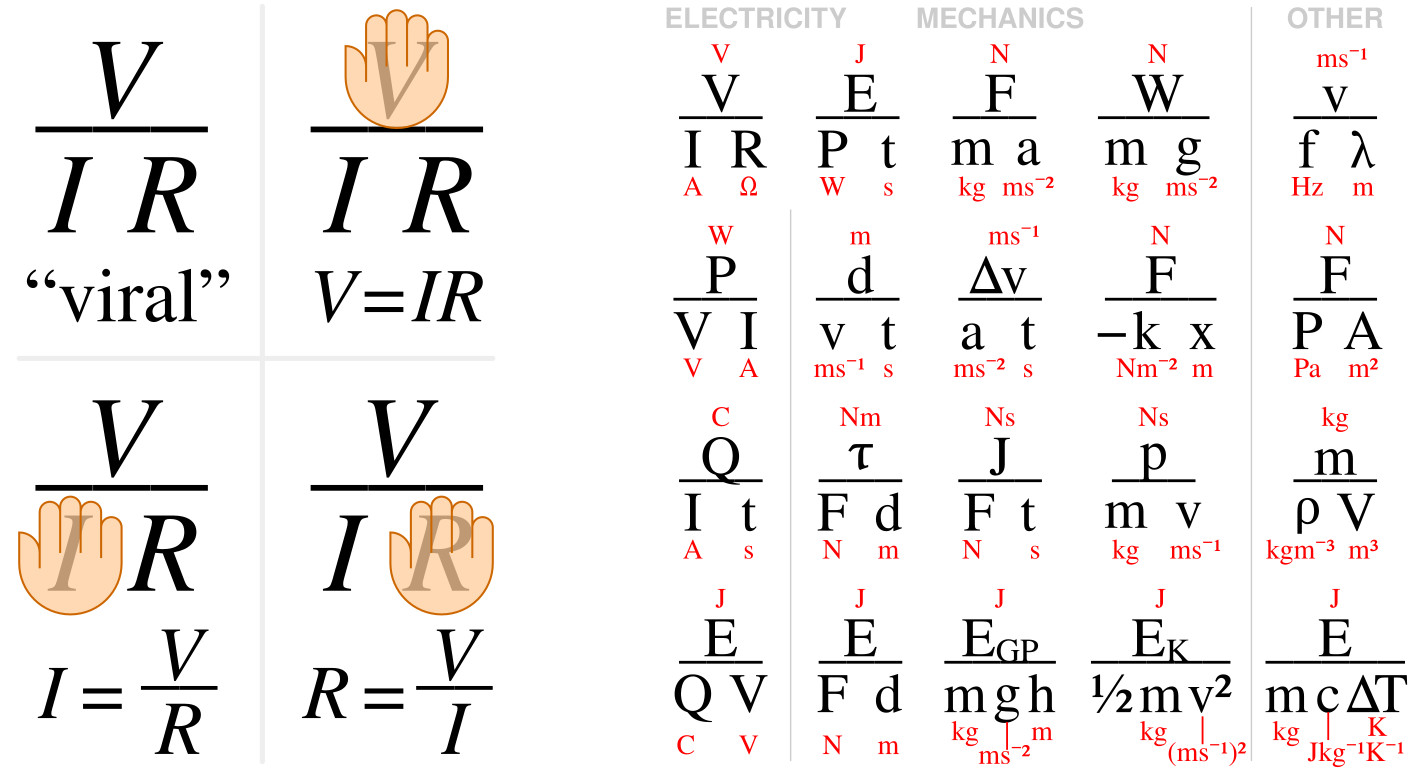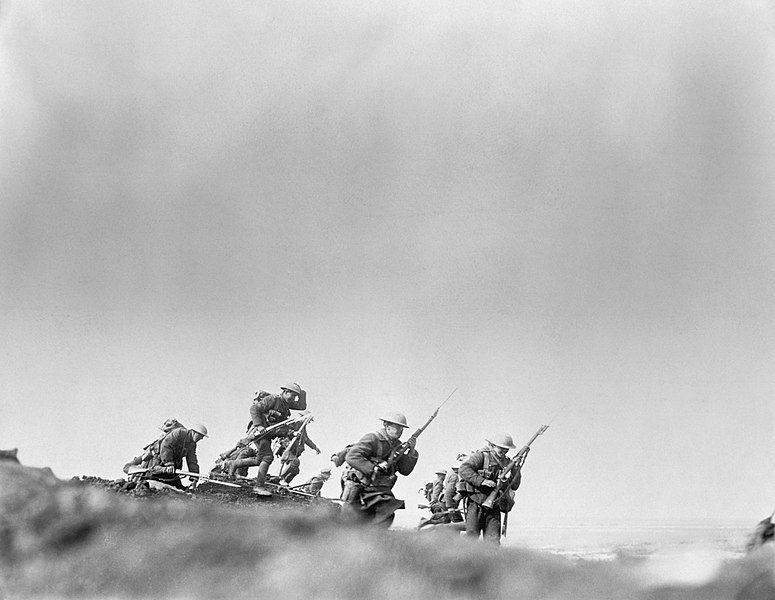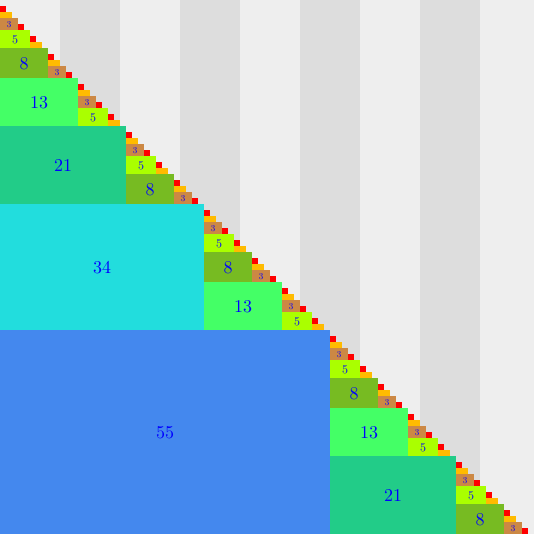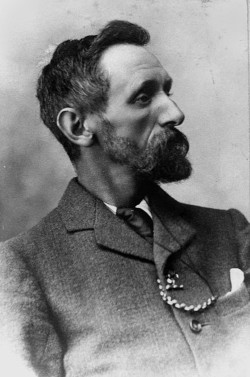
Several claimants have been put forth as the originators of the modern tropical cyclone ‘naming’ system. Australian weather meteorologist, Clement L. Wragge, is one of the best-established holders of the title. … Most ingeniously, he gained a measure of personal revenge by christening some of the nastiest storms with politicians’ names such as Drake, Barton, and Deakin. Modern hurricane researcher Chris Landsea noted that, by using such a personal naming system, Wragge could publicly describe a politician (say one who was less than generous with weather-bureau appropriations) as ‘causing great distress’ or ‘wandering aimlessly about the Pacific.’
— Randy Cerveny, Freaks of the Storm, 2006

